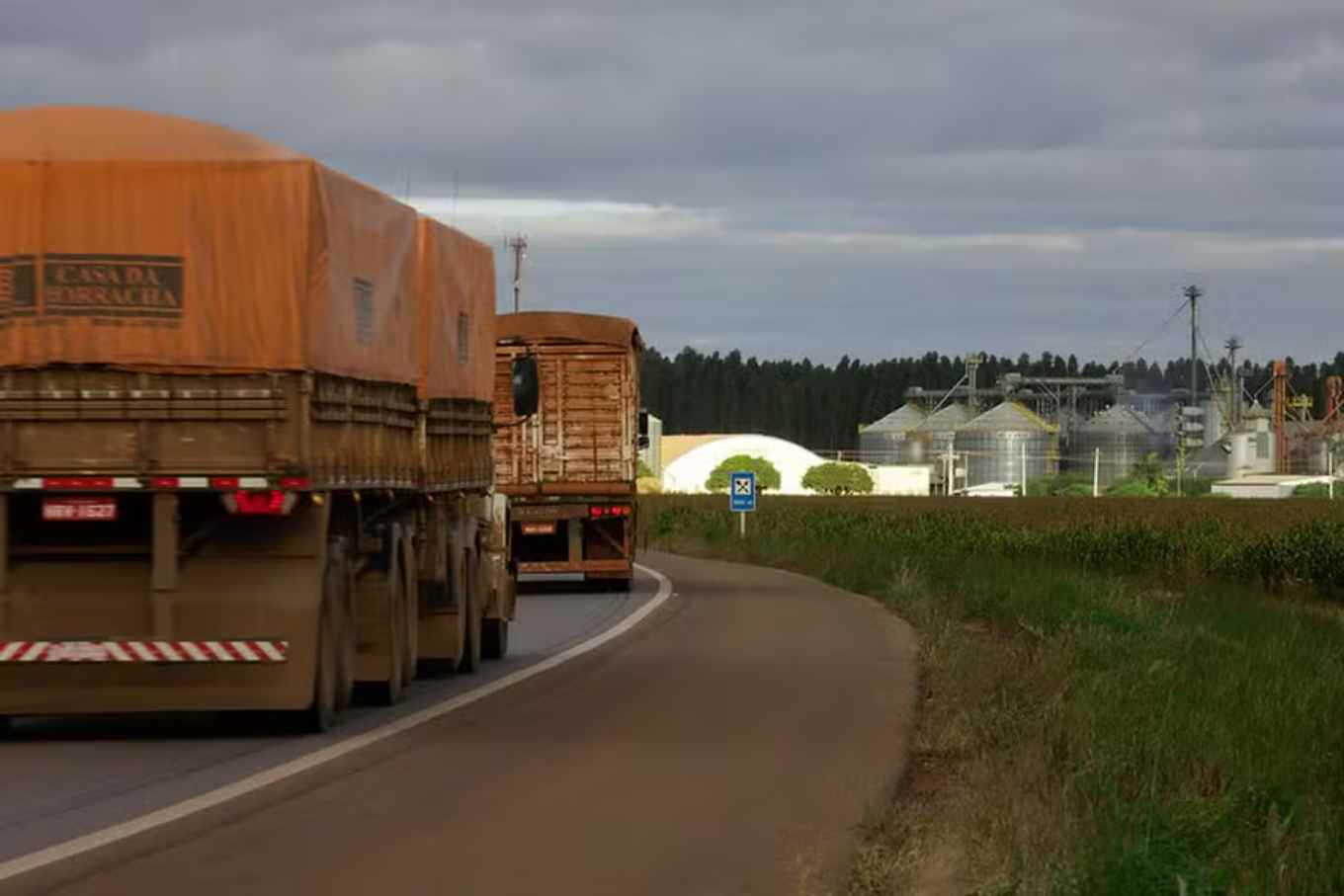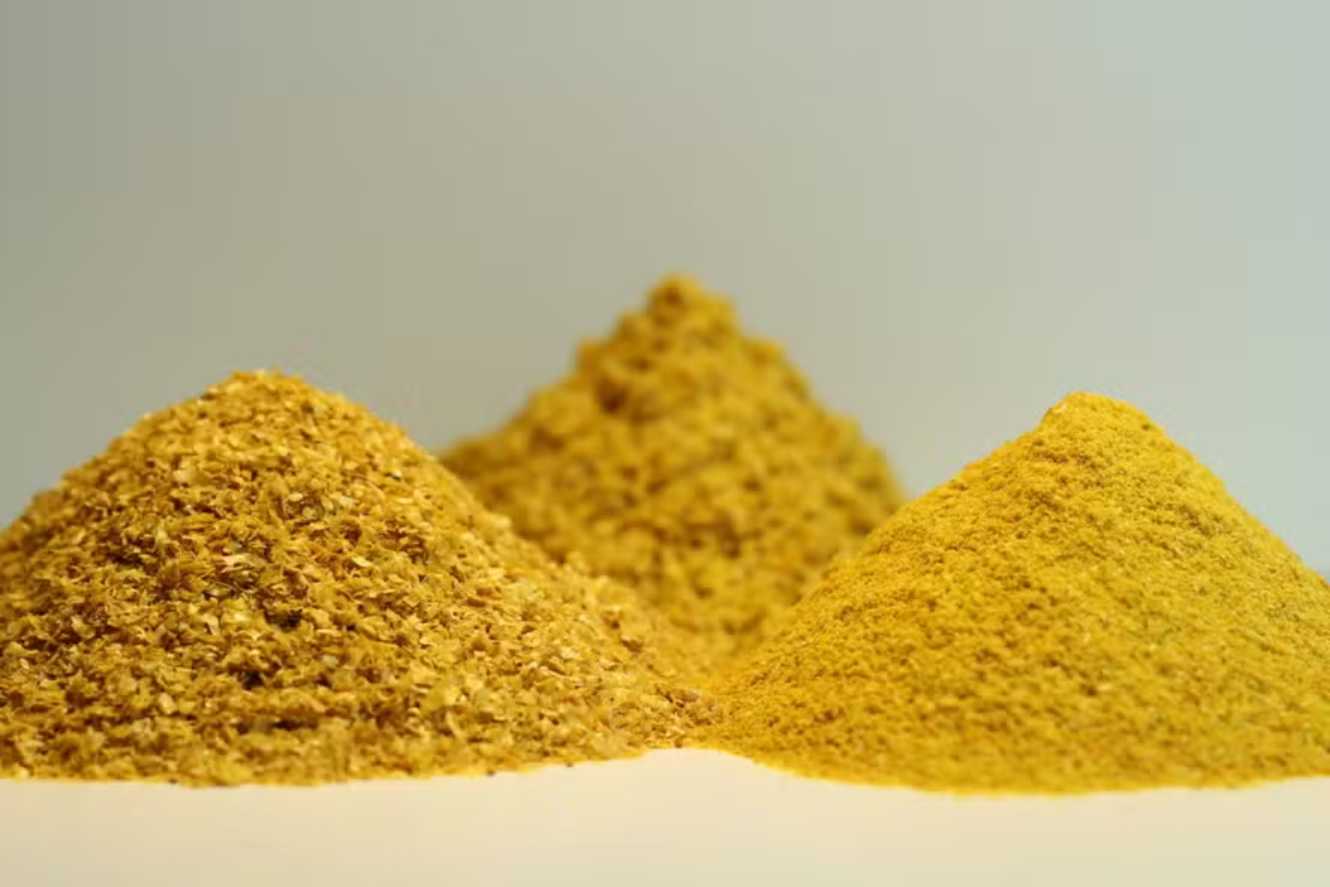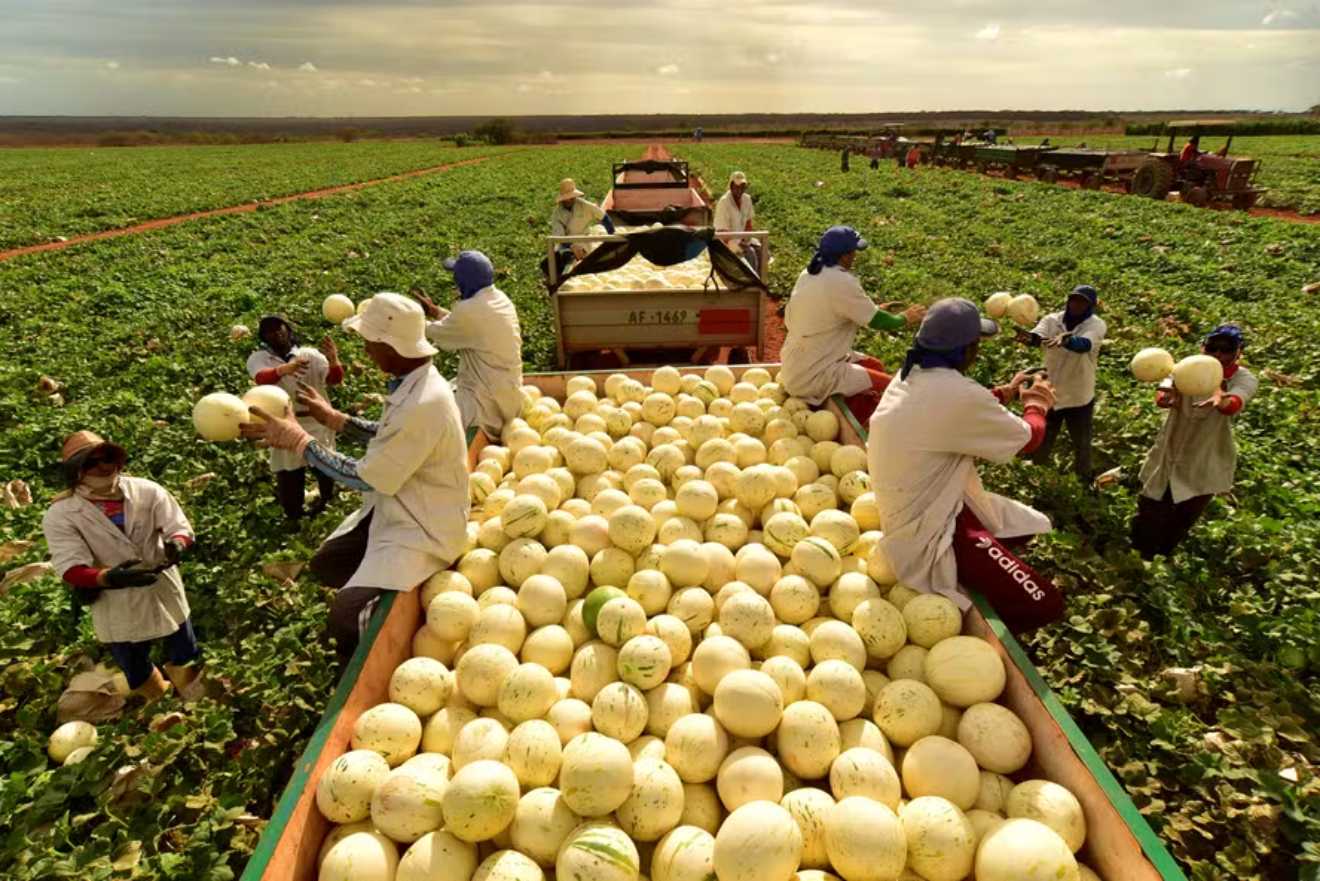EsalqLog compares the use of transportation modes in the country from 2010 to 2023
Despite advancements in Brazil’s infrastructure over the last decade, logistics challenges remain, particularly when it comes to transporting grains over long distances. The good news is that the use of highways for domestic transport of soybeans and corn has decreased. The bad news is that the country has become more dependent on trucks for export routes of these grains.
A study conducted by the Logistics Extension Group at the Luiz de Queiróz College of Agriculture (EsalqLog/USP) reveals that between 2010 and 2023, the share of highway transport for corn (both domestic and exports) fell by 8 percentage points, from 84% to 76%. Meanwhile, rail transport for corn increased from 15% to 17%, and waterway transport grew from 1% to 8%.
However, when considering only the routes leading corn to export ports, highway transport increased, rising from 20% in 2010 to 45% in 2023. At the same time, barges took market share from railways, climbing from 3% to 16% of the total.
For soybeans, highway transport dropped from 75% to 69% for all routes, both domestic and export. Rail transport increased by 2 percentage points to 22%, and barges grew by 4 percentage points to 9%.
“Basically, all infrastructure investments made between 2010 and 2023 were insufficient to meet the demands of exports, which grew by 250% for soybeans and 416% for corn,” says Thiago Péra, coordinator of the Logistics Extension Group at EsalqLog/USP. Soybean production during this period grew by 125%, and corn production increased by 135%.
The study also found that, in the case of soybeans—just like with corn—barges took market share from railways, not highways, for exports. Waterway transport grew from 8% to 12%, while truck shipments increased by 9 percentage points to 12%. At the same time, rail usage fell from 47% in 2010 to 34% in 2023.
Vitor Vinuesa, logistics director at ADM’s South American operations, states that the biggest change in the past decade for grain transport was the use of barges for the northern ports. However, several variables continue to make Brazil dependent on trucks.
“For example, in the last two years, rivers leading to the northern ports have been drier than usual, which reduced the volume we’ve been able to send there. These routes cannot be covered by highways, so we have to think of other alternatives to get the product to the export market, often using more distant routes that still require trucks,” says Vinuesa.
At the same time, he notes, investments were made in grain terminals in Paranaguá (PR) and Rio Grande (RS), which only accept truck deliveries, further intensifying the use of trucks for southern ports.
The EsalqLog study confirms this trend, showing that the share of trucks for grain entry at Paranaguá rose from 76% to 78%, and in Rio Grande, from 57% in 2010 to 90% last year.
In addition to being slower, road transport increases the final product cost. According to Vinuesa, it’s difficult to estimate a simple cost increase since there aren’t parallel modes for comparison. “Trucks don’t take the same routes as waterways. The distance and volume are different, so it’s not directly comparable. But theoretically, using rail could reduce freight costs by 30%, while waterways could cut costs by around 50%.”
He adds that freight costs are not the same for all grains transported in the country. Again, it depends on the route. The complexity of transportation in Brazil has led ADM to have a team dedicated solely to managing logistics, with specialists for each mode.
According to the National Association of Cereal Exporters (Anec), approximately 25% of the total cost for transporting soybeans to China is freight. Of that total, 19% is road transport, and the remainder covers maritime freight to China.
“Brazil failed to build railways, and that remains the main bottleneck in the country’s logistics, making us less competitive than the U.S.,” summarizes Sérgio Mendes, executive director of Anec.
Currently, Brazil has six qualified projects, including new concessions and early extensions of railways, amounting to R$ 63 billion, to extend railway lines by 20,000 kilometers. One of the key projects for agribusiness is Ferrogrão, which will connect Sinop (MT) to the Miritituba river port in the municipality of Itaituba (PA).





